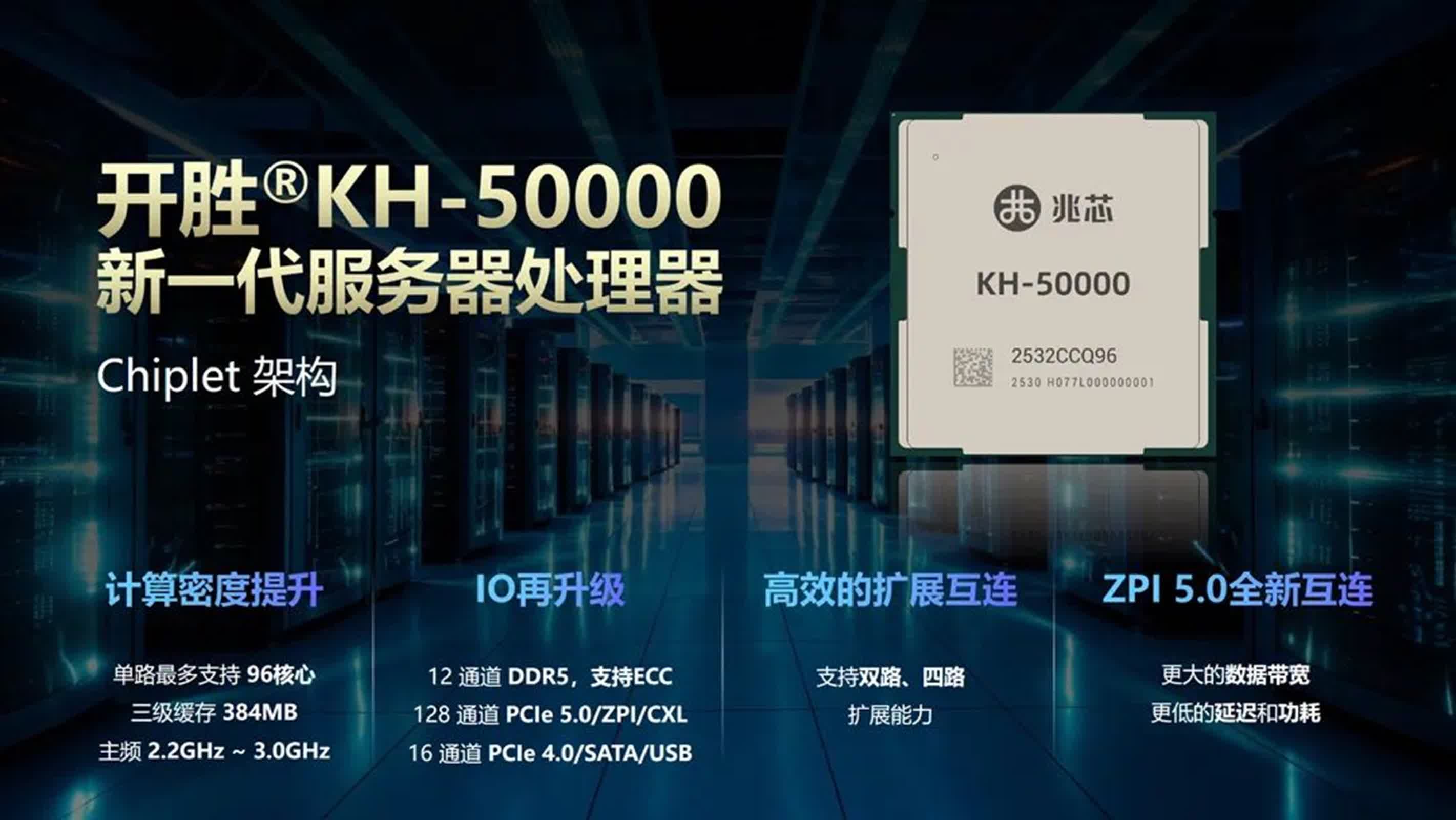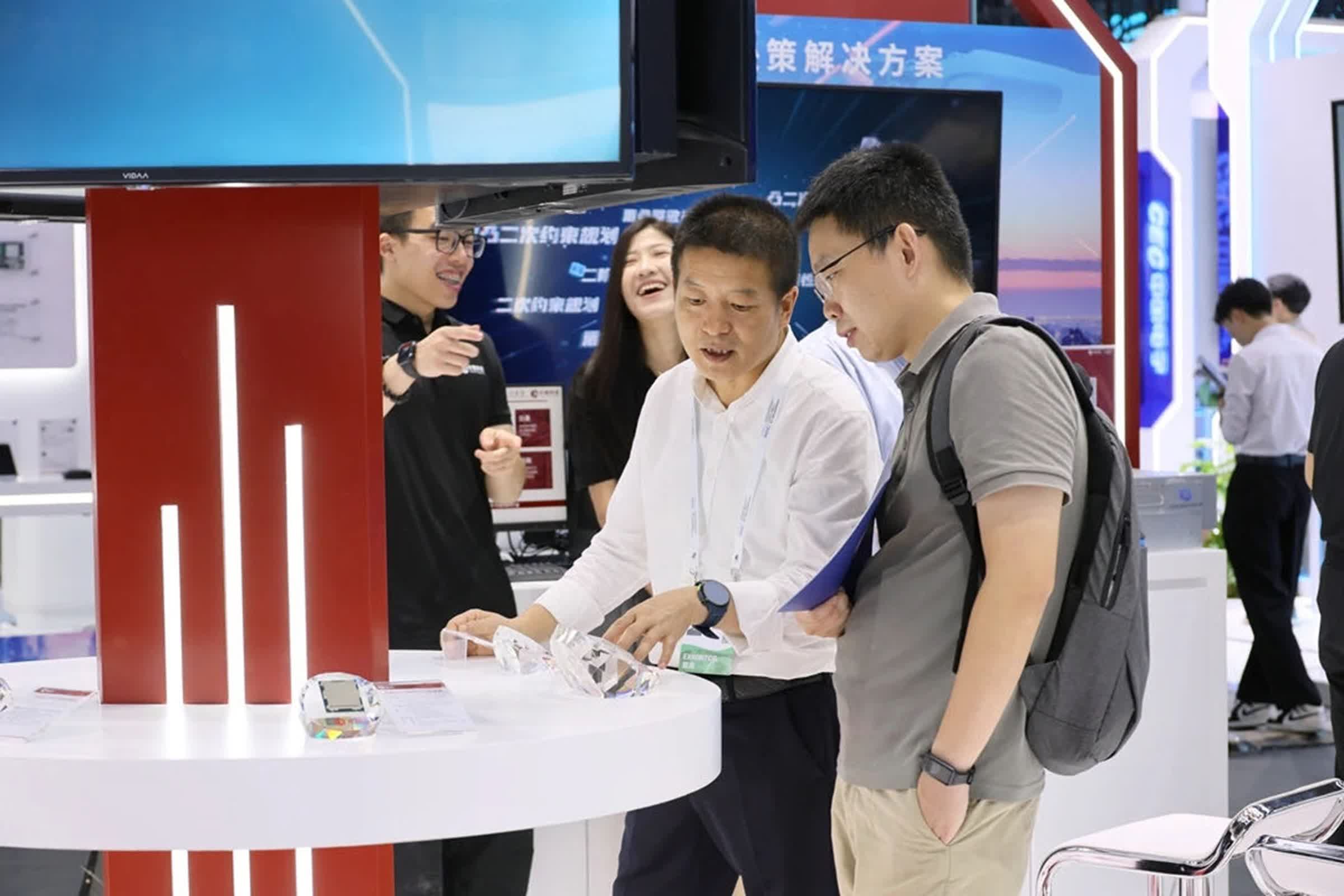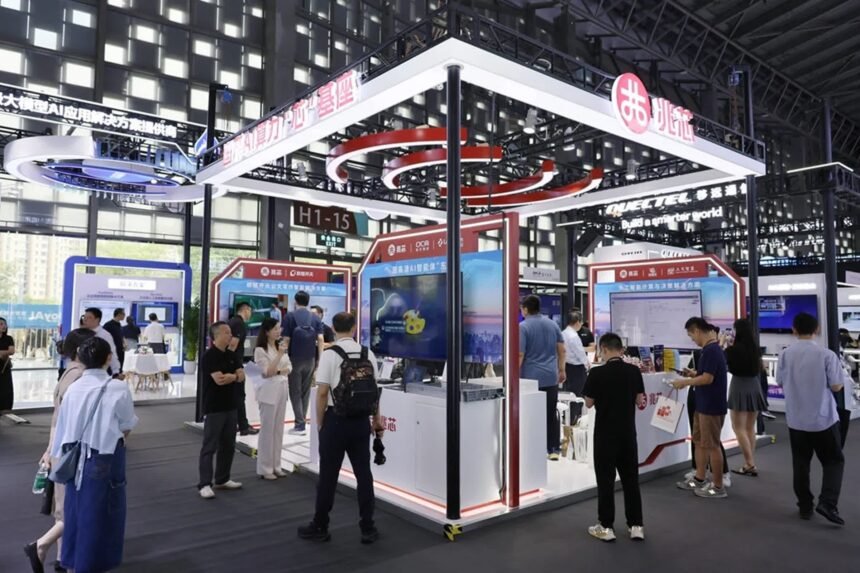Why it issues: Zhaoxin’s newest processors mark a key step in China’s push for technological self-reliance, bringing new AI-focused chips that intention to problem established world gamers. Whereas nonetheless behind business leaders, these advances mirror rising home capabilities in AI computing, signaling a shift towards higher innovation and independence in a strategic sector.
This week, Chinese language semiconductor firm Zhaoxin launched its newest technology of shopper and enterprise processors on the 2025 World Synthetic Intelligence Convention in Shanghai. Two new flagship chips have been on show: the KaiXian KX-7000N, aimed toward AI-driven private computer systems, and the Kaisheng KH-50000, a server processor constructed to fulfill rising demand for superior information middle infrastructure.
The launch is a part of Zhaoxin’s effort to scale back China’s reliance on international expertise and strengthen its presence in an business nonetheless dominated by AMD and Intel. Technical particulars for the KaiXian KX-7000N stay restricted, however it marks Zhaoxin’s first AI CPU with a devoted neural processing unit.
The KX-7000N builds on the earlier KX-7000 shopper chip by including a high-performance NPU, plus unspecified will increase in core depend and assist for PCI Categorical 5.0 instead of PCIe 4.0. Tom’s {Hardware} studies that Zhaoxin additionally unveiled an ecosystem of AI PCs powered by the KX-7000N, aimed toward good content material creation, clever doc writing, training, and extra. The corporate says the chip permits environment friendly, real-time AI processing on the edge for each enterprise and private computing.

Zhaoxin additionally showcased the Kaisheng KH-50000 server chip, positioned to compete with AMD’s EPYC 9004 Genoa sequence in core depend and platform options. The KH-50000 presents as much as 96 bodily cores, tripling the depend of its predecessor, the KH-40000. Zhaoxin has not confirmed whether or not the chip helps simultaneous multithreading, however the increased core depend ought to ship substantial positive aspects in multi-threaded workloads typical of AI coaching and inference.
The brand new chip integrates 384 MB of L3 cache, matching AMD’s newest choices and outpacing Zhaoxin’s earlier technology sixfold. It additionally helps 128 PCIe 5.0 lanes for high-speed information switch and works with 12-channel DDR5 error-correcting reminiscence to deal with the bandwidth calls for of AI and information middle operations.
Compute Categorical Hyperlink assist provides flexibility for heterogeneous {hardware} enlargement, an more and more very important useful resource as workloads diversify. Zhaoxin’s proprietary ZPI 5.0 interconnect permits multi-socket configurations, permitting as much as 4 KH-50000 chips per motherboard for a complete of 384 CPU cores.

Though Zhaoxin has but to element the processor architectures behind its newest chips, the leap in core depend and capabilities within the KH-50000 strongly suggests a brand new design. The corporate has lengthy relied on its in-house Yongfeng structure however has not confirmed whether or not it underpins this technology.
The revealing coincided with demonstrations of full AI {hardware} and software program options created with native companions. These included AI workstations, servers, good training merchandise, doc processing methods, and platforms for presidency, finance, and healthcare.
As China pushes for technological self-sufficiency, Zhaoxin’s newest processors present incremental however significant progress in difficult world incumbents. Chinese language-designed chips have but to surpass the main choices from business giants, however positive aspects in efficiency, safety, and ecosystem readiness place Zhaoxin as a cornerstone of the nation’s AI and computing ambitions.









